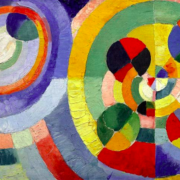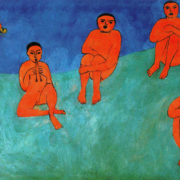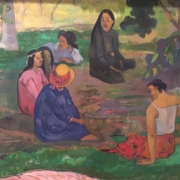Presentation: Anorexia, Adolescence, Group
In 2004, Funzione Gamma introduced the 14th edition of “Groups with anorexic patients: therapeutic factors”. Today, we are glad to present the continuation of the dialogue we started back then, to further proceed in our attempt to combine theoretical model and clinical intervention in the 24th edition of “Anorexia, Adolescence, Group”. The title already hints that the theme of identity constitutes the invisible path that will guide us through this edition. As Rouchy (1987) writes, “It is impossible to declare our identity without naming one of the multiple groups to which we belong”. As human beings, we live in groups. Our sense of identity arises and develops from these various affiliations. The group is an essential element of human existence: men are born in groups, they play in groups, they fight in groups and against groups, and all religious and heathen rites are celebrated in groups. In the field of neuroscience, research has shown how the mind develops through relationships. The development of our nervous system is an experience-dependant process: in the early stages of life, significant relationships are the main source of experience, which also modulate genic expression at a brain level. Relationships with others have a great influence on the brain. The circuits that mediate social experience, are closely related to those Read more



